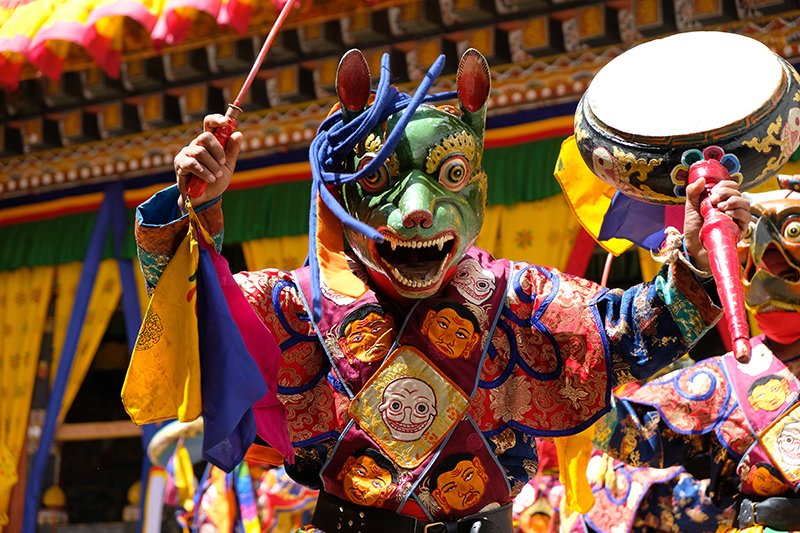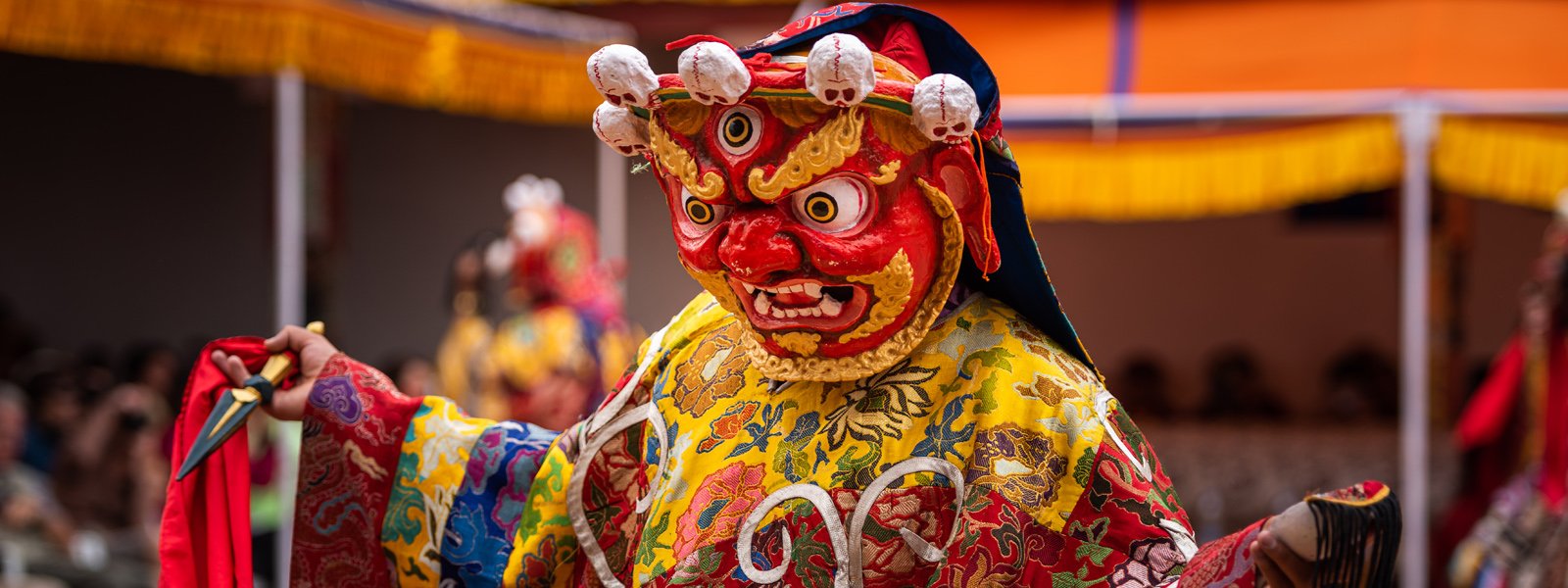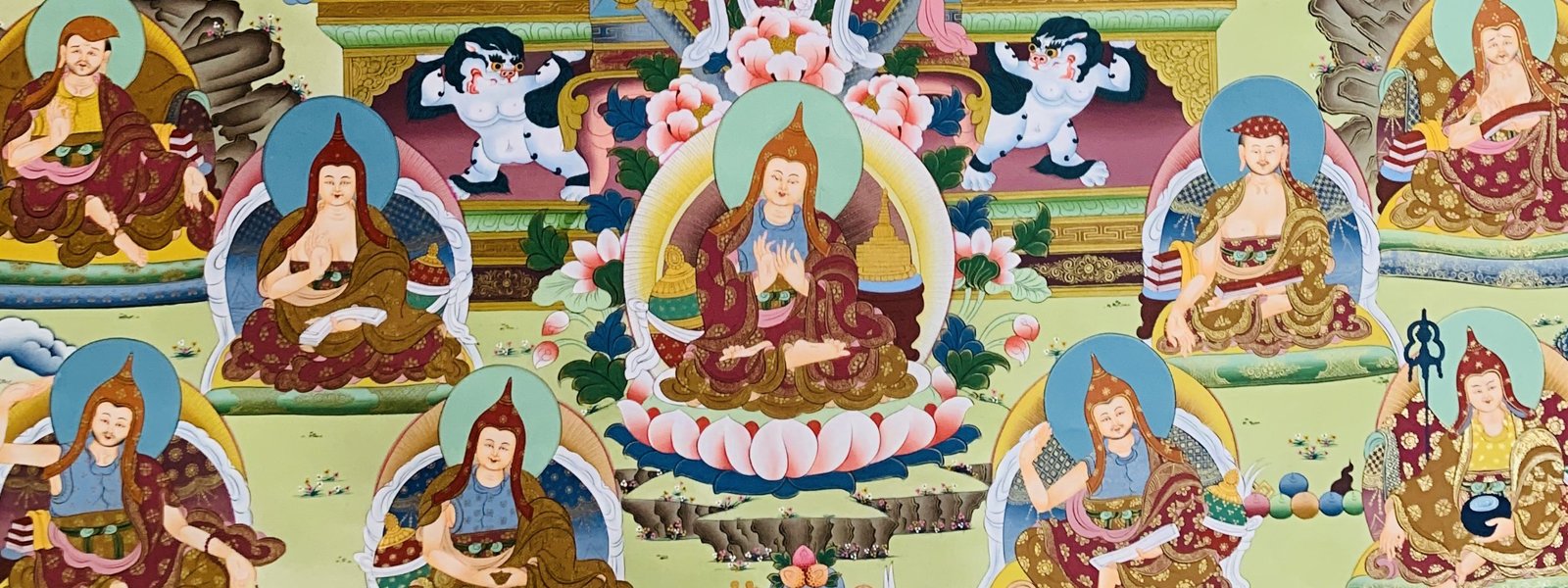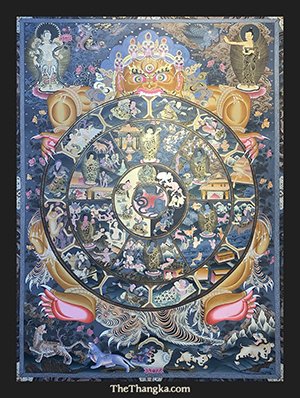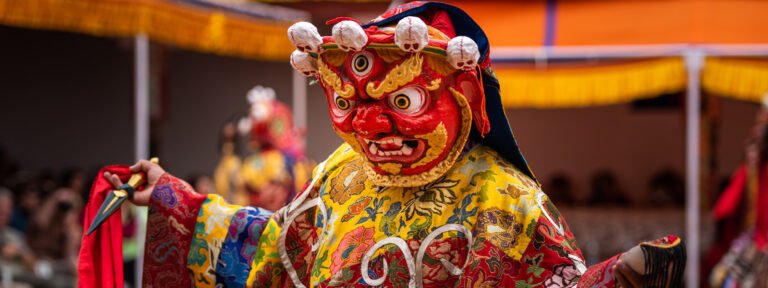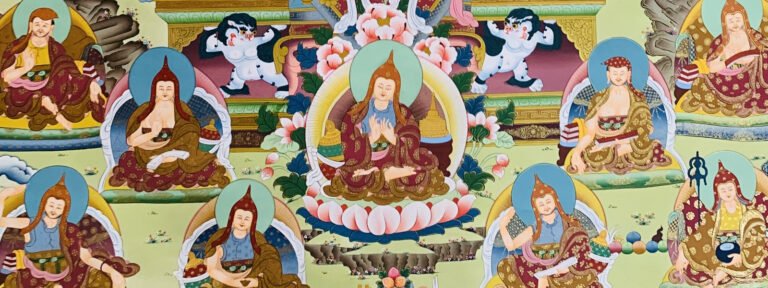The Laughing Buddha, often recognized by his jovial smile, round belly, and relaxed demeanor, is one of the most iconic symbols in Eastern art and culture. Known as the “Fat Buddha” in some circles, this figure stands in stark contrast to the traditional image of Siddhartha Gautama, the historical Buddha. While Siddhartha represents enlightenment through asceticism, the Fat Buddha symbolizes abundance, happiness, and contentment.
Origins and Historical Background
The Laughing Buddha’s story traces back to China during the 10th century, where he was associated with a Buddhist monk named Qieci (literally, “Kindness”) or Budai, meaning “Cloth Sack.” This nickname was inspired by the large cloth sack he carried, filled with treats, food, or small treasures that he distributed to the poor and children. His existence is documented during the Five Dynasties and Ten Kingdoms Period (907–960 CE).
Unlike the austere Siddhartha, the Fat Buddha was deeply rooted in the folklore and cultural traditions of East Asia. His figure became intertwined with the practice of Chan Buddhism (later known as Zen in Japan), emphasizing the importance of joy and spontaneity in spiritual practice.
The Symbolism of the Fat Buddha
The Laughing Buddha is not considered an incarnation of Siddhartha Gautama but rather a bodhisattva, specifically Maitreya, the Buddha of the future. In Buddhist belief, Maitreya will eventually descend to Earth to bring enlightenment to all beings. The Fat Buddha‘s rotund appearance is seen as an embodiment of generosity and prosperity, reflecting Maitreya’s role as a harbinger of a more prosperous, harmonious age.
Each feature of the Laughing Buddha carries symbolic significance:
- Big Belly: Represents abundance, wealth, and acceptance of all difficulties.
- Smiling Face: Reflects contentment and inner peace, encouraging others to cultivate happiness.
- Cloth Sack: Symbolizes generosity and the ability to let go of material attachments.
- Beads or Gold Coins: A nod to spiritual richness and material prosperity.
- Children at His Feet: Denote blessings of fertility and familial happiness.
Why Is the Laughing Buddha Different from Siddhartha Gautama?
The Laughing Buddha and Siddhartha Gautama serve distinct roles in Buddhist imagery, reflecting diverse cultural and philosophical aspects of the religion.
- Physical Appearance
Siddhartha Gautama is typically portrayed with a slender, serene figure, emphasizing the ascetic practices that led him to enlightenment. His robes are simple, and his demeanor is meditative. In contrast, the Fat Buddha‘s round, cheerful figure emphasizes the worldly joys of generosity and abundance. - Philosophical Focus
Gautama Buddha’s teachings centre on the Four Noble Truths and the Eightfold Path, which guide followers toward liberation from suffering. The Fat Buddha embodies the more accessible, worldly virtues of joy, kindness, and satisfaction, showing that spirituality can also coexist with celebration and laughter. - Cultural Integration
The Laughing Buddha is more deeply ingrained in Chinese and Japanese folklore, whereas Siddhartha Gautama originates from India and represents the foundational philosophy of Buddhism. The Fat Buddha incorporates elements of Taoist and Confucian thought, appealing to a broader East Asian audience.
How Did the Fat Buddha Become Popular?
Over centuries, the image of the Laughing Buddha has transcended its religious origins to become a global symbol of luck and positivity. In Feng Shui, the Fat Buddha is often used as a charm for wealth, happiness, and success. Statues are placed in homes, businesses, and temples, often with rituals such as rubbing the belly for good fortune.
In modern times, the Laughing Buddha‘s cheerful figure has become a cultural ambassador for Buddhism’s lighter, more approachable side, especially in the West, where he’s often mistaken for Siddhartha Gautama.
The Laughing Buddha Today
The Fat Buddha continues to resonate with audiences worldwide. Whether seen as a spiritual icon, a cultural figure, or a symbol of good luck, his legacy endures as a reminder that happiness and contentment are just as vital to the human experience as discipline and enlightenment.
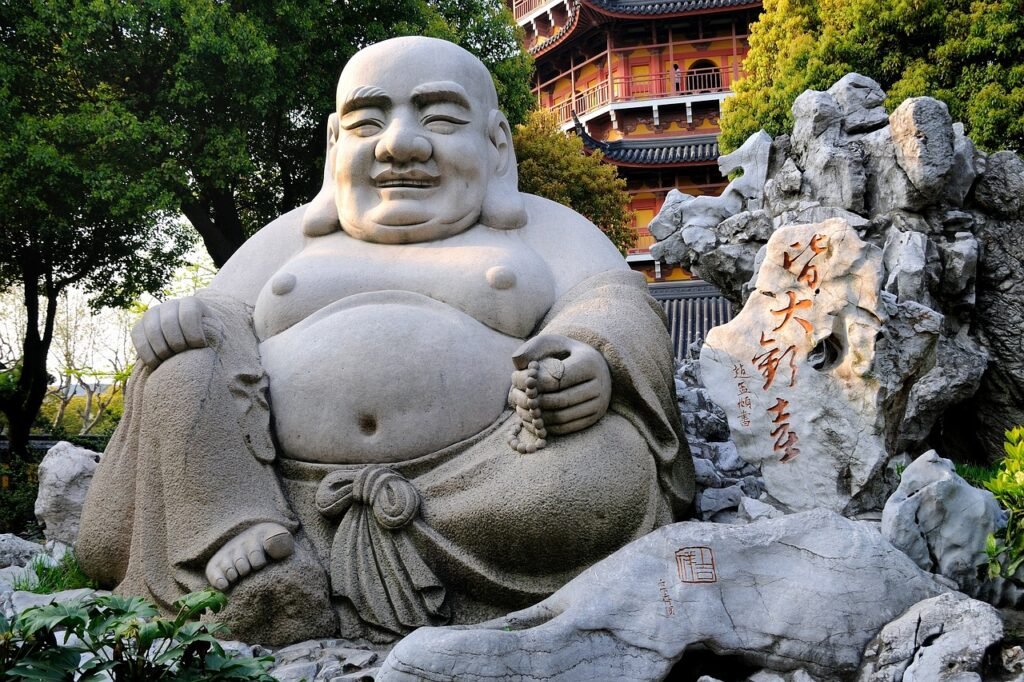
Conclusion
The Laughing Buddha is a fascinating cultural figure whose story diverges from the original Buddha to emphasize joy, abundance, and kindness. His figure serves as a reminder that spirituality need not be solemn—it can be lighthearted, celebratory, and filled with laughter. By embracing both the Fat Buddha‘s message of contentment and the traditional Buddha’s path of enlightenment, we can find a balance that leads to a truly fulfilling life.truly fulfilling life.


